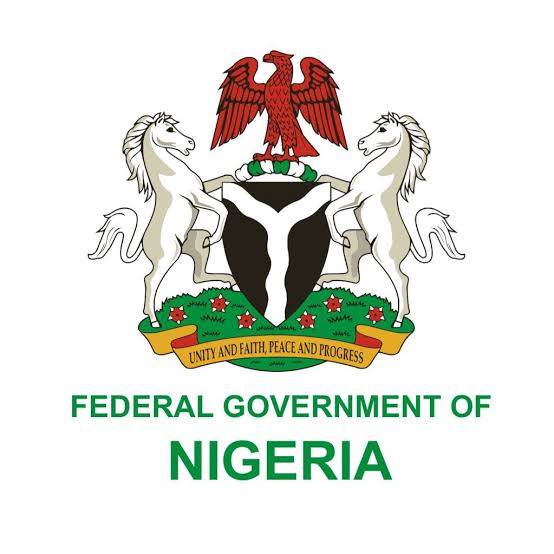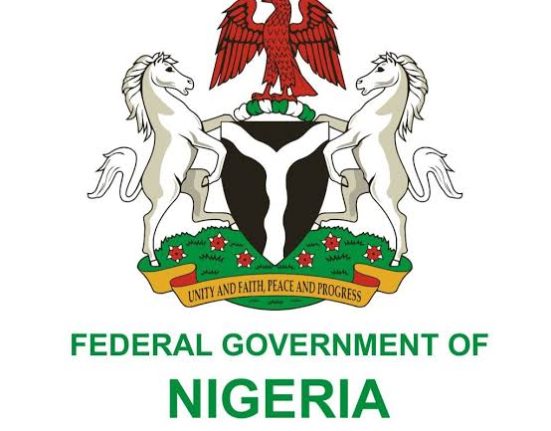The Federal Government of Nigeria has issued a warning that 30 states, including the Federal Capital Territory (FCT), are at risk of severe flooding between April and November 2025. This alert was announced by the Minister of Water Resources and Sanitation, Prof. Joseph Utsev, during the unveiling of the 2025 Annual Flood Outlook by the Nigeria Hydrological Services Agency (NIHSA) in Abuja.
According to the forecast, 1,249 communities across 176 Local Government Areas (LGAs) in these states are classified as high-risk flood zones, while an additional 2,187 communities in 293 LGAs face moderate flood risks. The affected states include Abia, Adamawa, Akwa Ibom, Anambra, Bauchi, Bayelsa, Benue, Borno, Cross River, Delta, Ebonyi, Edo, Gombe, Imo, Jigawa, Kebbi, Kogi, Kwara, Lagos, Nasarawa, Niger, Ogun, Ondo, Osun, Oyo, Rivers, Sokoto, Taraba, Yobe, Zamfara, and the FCT.
To mitigate the impact of flooding, states have initiated various measures such as public enlightenment campaigns, dredging water channels, and relocating communities situated on river banks and floodplains. The Minister emphasized that flooding is exacerbated by climate change and remains one of Nigeria’s most devastating natural disasters, affecting lives, property, agriculture, and infrastructure.
The 2025 Annual Flood Outlook has been segmented into three parts to enhance preparedness: a general flood forecast, a communication strategy for effective warning dissemination, and a mitigation plan to reduce exposure and vulnerability. Coastal states like Bayelsa, Cross River, Delta, Lagos, Ogun, Rivers, and Ondo are particularly vulnerable to coastal flooding due to rising sea levels and tidal surges, which could disrupt fishing and river navigation.
Despite the challenges, the government emphasizes that flooding can be contained with proper planning and infrastructure. The focus is now on providing location-specific forecasts to enhance community preparedness and resilience.

